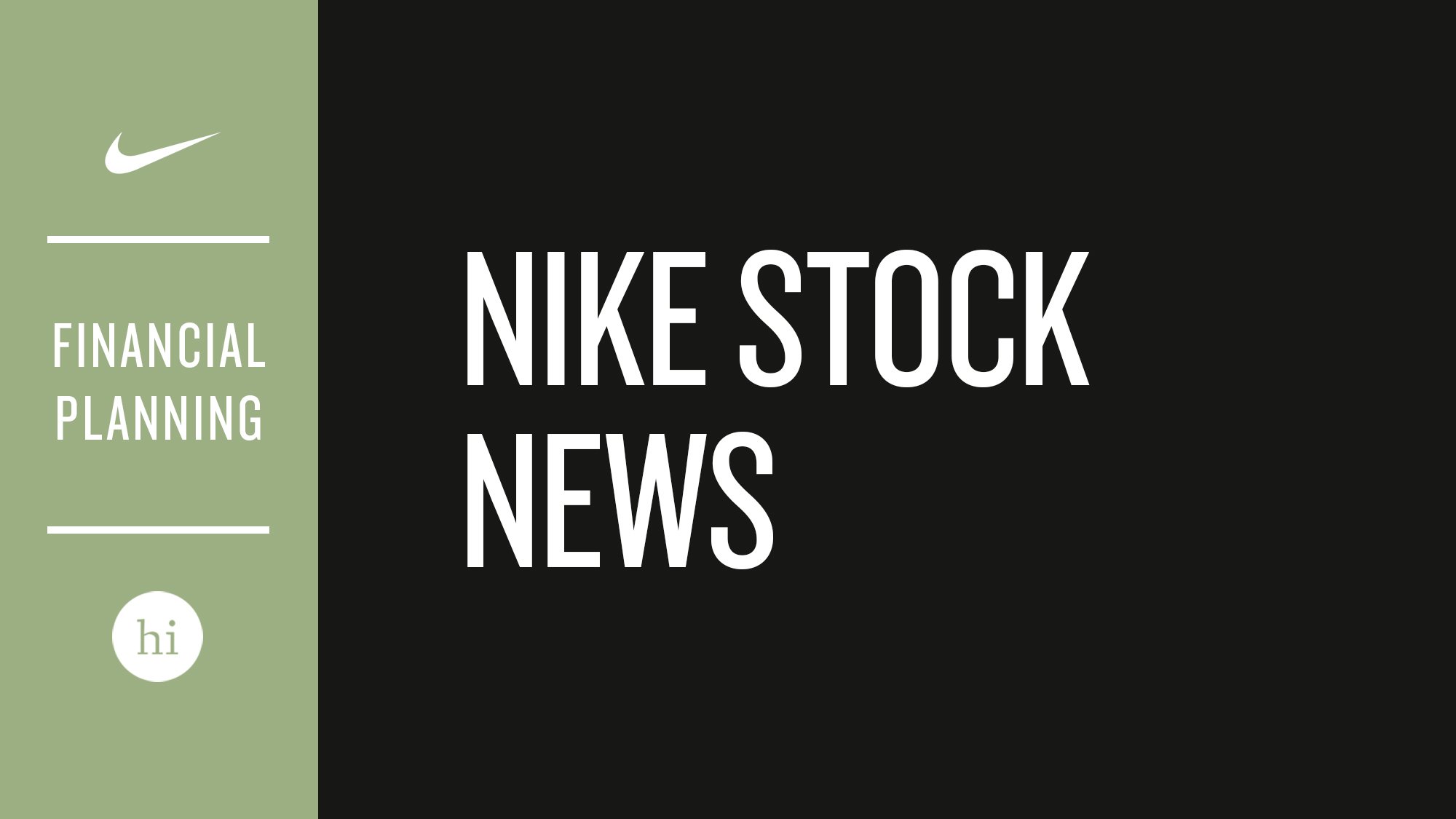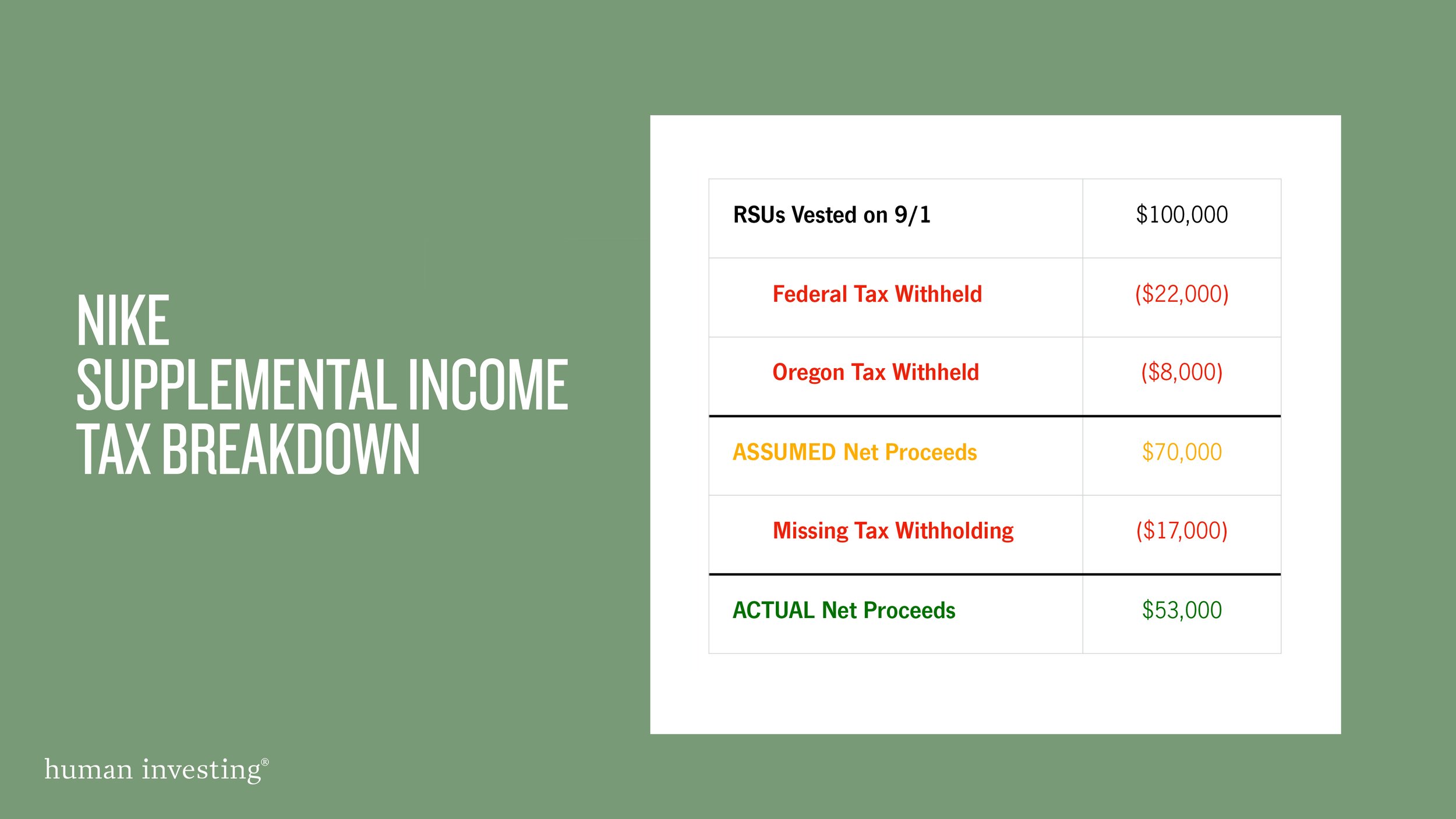Welcome to 2024
It’s an election year and America will vote in November for a new Congress and President. Regardless of the election outcome, some investors will be pleased, while others will be disappointed. This article will help investors understand how the markets have been influenced when different political parties take control of both Congress and the Presidency. Looking at data from 1926 through 2023, the main conclusion is straightforward:
Over time the markets tend to rise, regardless of which party controls the White House or Congress.[1]
What impact does the President have on the stock market?
Democratic presidents have overseen slightly higher stock returns compared to Republicans. However, this difference is minor and not considered statistically significant. The variance in stock returns under different political parties can be attributed to the random chance of who happened to be in power at a given time. The reality is the US economy is vast and intricate, making it challenging for any individual, even a powerful figure like the President, to completely control its direction.
A recent example is the presidential election of 2016. The general expectation was for Hillary Clinton to win. When Donald Trump unexpectedly secured victory, initial market reactions led to a decline. By the following day’s market close, markets had not only recovered from the dip but ended up positive on the day. It’s hard to know how the market will respond to unexpected information, and it’s equally difficult to predict what impact a President may have on the stock market.
What impact does Congress have on the stock market?
On the other end of the federal government, a Republican-controlled Congress has typically overseen the best stock market returns. The differences are minor enough that there’s no certainty which party controlling congress (or a split) is best for the stock market.
Congress can be the more impactful part of the federal government in the long run. Executive actions are easily overridden day one by a President from the opposing party taking office. Legislation tends to be more enduring due to the requirement for a larger number of people to be involved. It’s important to note that the effects of legislation may take years to become apparent. This time lag makes it extremely challenging to pinpoint and attribute specific policies to their respective impacts on the ever-evolving dynamics of the market.
What about the White House and Congress combined?
When you widen your lens to encompass both the White House and Congress, the narrative remains consistent. Markets tend to go up irrespective of political control.
Regardless of the federal government’s control scenario, markets go up more often than they go down.
As the 2024 elections unfold, we urge investors to remember that investing is a marathon, not a sprint. Position your portfolio to be successful in the long run, enabling it to weather unexpected changes from any source. Both parties have experienced periods of positive and negative returns while in power. Despite the inevitable changes in government, companies exhibit resilience and innovation, consistently discovering avenues to yield returns for their investors. In the intricate dance of politics and markets, a steadfast and forward-looking investment approach proves to be the key to enduring success.
Sources:
[1] Equity returns are monthly returns for the Ibbotson SBBI US Large-Cap Stocks Total Return for Jan 1926 thru Oct 1989 (data courtesy of the CFA Institute & Morningstar Direct), and the S&P 500 Total return for Nov 1989 thru Dec 2023 (data courtesy of YCharts)
Data for which party controlled both houses of Congress and the presidency is from the history.house.gov website (https://history.house.gov/Institution/Presidents-Coinciding/Party-Government/)
Changes to Congress and the Presidency are assumed to occur Jan 1st of odd years. A split Congress indicates that each party controls either the House or Senate, but neither party controls both.
Appendix: Bonus Chart 📈






































































































